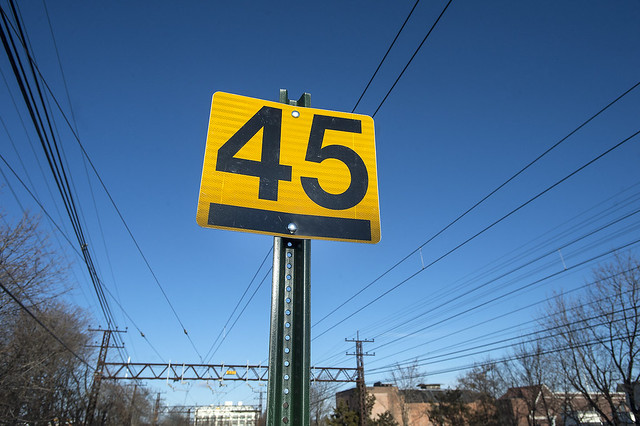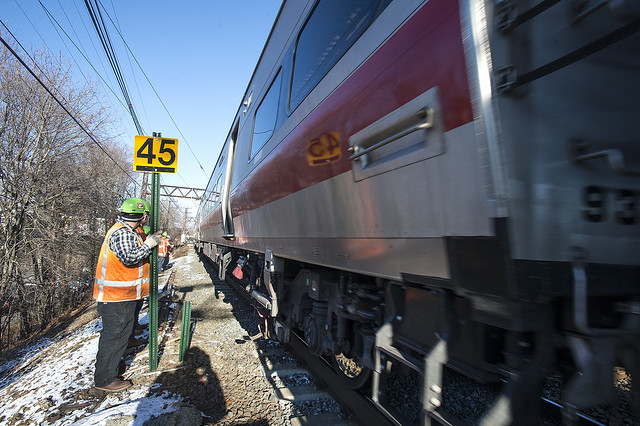For everything that goes wrong during the MTA’s latest capital projects — missed deadlines, blown budgets, leaky stations — the Arts for Transit installations seemingly always go right. What originally grew out of New York City’s Percent for Art program has grown into a nationally recognized showcase for artists, both established and otherwise, that lends an air of civic appreciation, levity and culture to the New York City subways. From Tom Otterness’ figures that live in the 14th St. station at 8th Ave. to a permanent Sol LeWitt installation at Columbus Circle, the subway is the cheapest art museum in New York City.
With a bunch of new subway stops set to open over the next three years, Arts for Transit has the opportunity to draw headlines, and they’ve been doing just that. With just one percent of the budget for the MTA’s capital projects, Arts for Transit can spend on local artists. Back in 2011, the Wall Street Journal profiled some art for the Second Ave. subway, but more immediate is the opening of the Fulton St. Transit Hub. Set for this upcoming June, the hub features an oculus with an installation called “Sky Reflector-Net.” Designed by James Carpenter Design Associates (JCDA), Grimshaw Architects, and Arup, this work features 112 tensioned cables, 224 high-strength rods, and nearly 10,000 individual stainless steel components. It will move over time as well.
This week, the MTA released a video about the installation, and I am fascinated by this. It’s not transit ops or anything sexy, but it makes the subway more livable and enjoyable. It makes people pause for a second and appreciate what’s around and above them. So check out the short video above on the piece. I’ll have more later today, including a new episode of “The Next Stop Is…” and some thoughts on Select Bus Service, BRT and transit innovation in New York City. Where are the people advocating for light rail and more comprehensive transportation solutions anyway?






